
Review: Long noncoding RNAs and the art of being influential without protein
Plant Science Research WeeklyAdvances in sequencing technologies have led to a tremendous growth in the number of long noncoding RNAs (lncRNAs) being identified in plants, but identifying their function lags behind. Here, Ramirez Gonzales and Blom et al. draw on lessons from studies in mammalian systems and highlight several known…
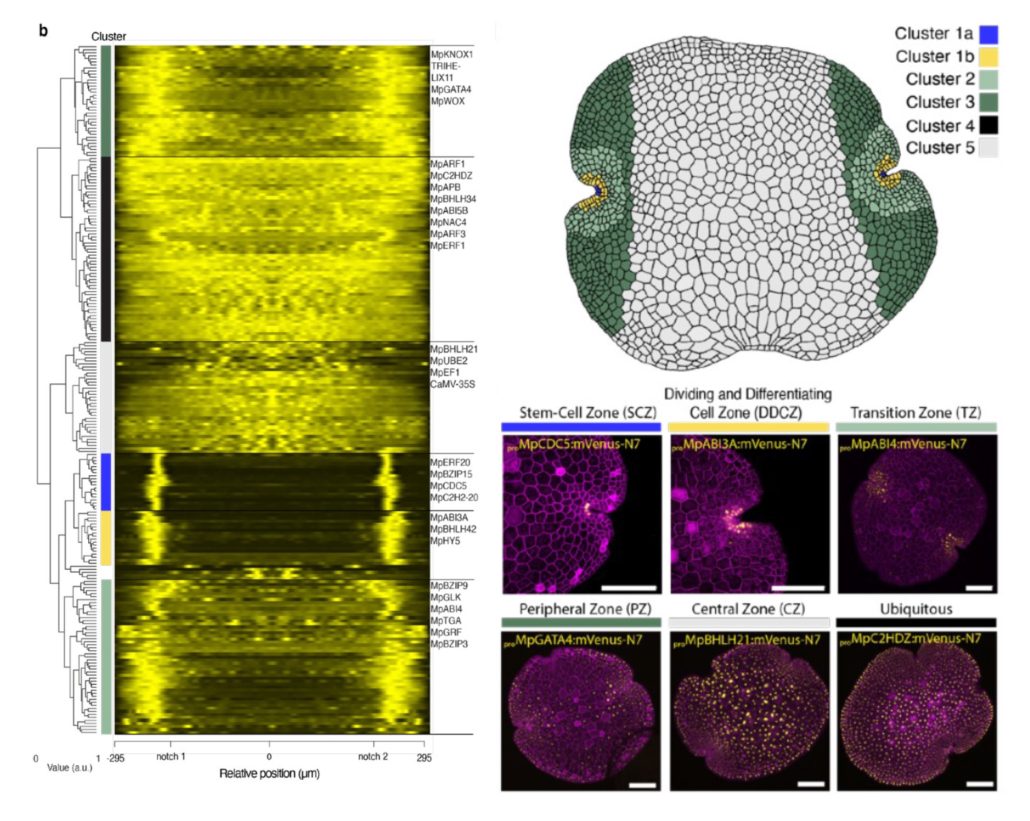
The Marchantia transcription factor atlas
Plant Science Research WeeklyMarchantia’s power as a model organism continues to grow! Here, Ramoni et al. have investigated the expression pattern of the proximal promoters of most of its 450 transcription factor (TF)-encoding genes. The promoter elements were fused to nuclear-localized fluorescent reporters and introduced into…

RNA hairpins underlie preferential use of translation start codons
Plant Science Research WeeklyGene expression regulation facilitates environmental adaptation and survival. This recent paper by Xiang et al. focuses on the regulation of translation, in particular on the mechanism underlying the generation of different translation products in different conditions. In addition to the main start codon…
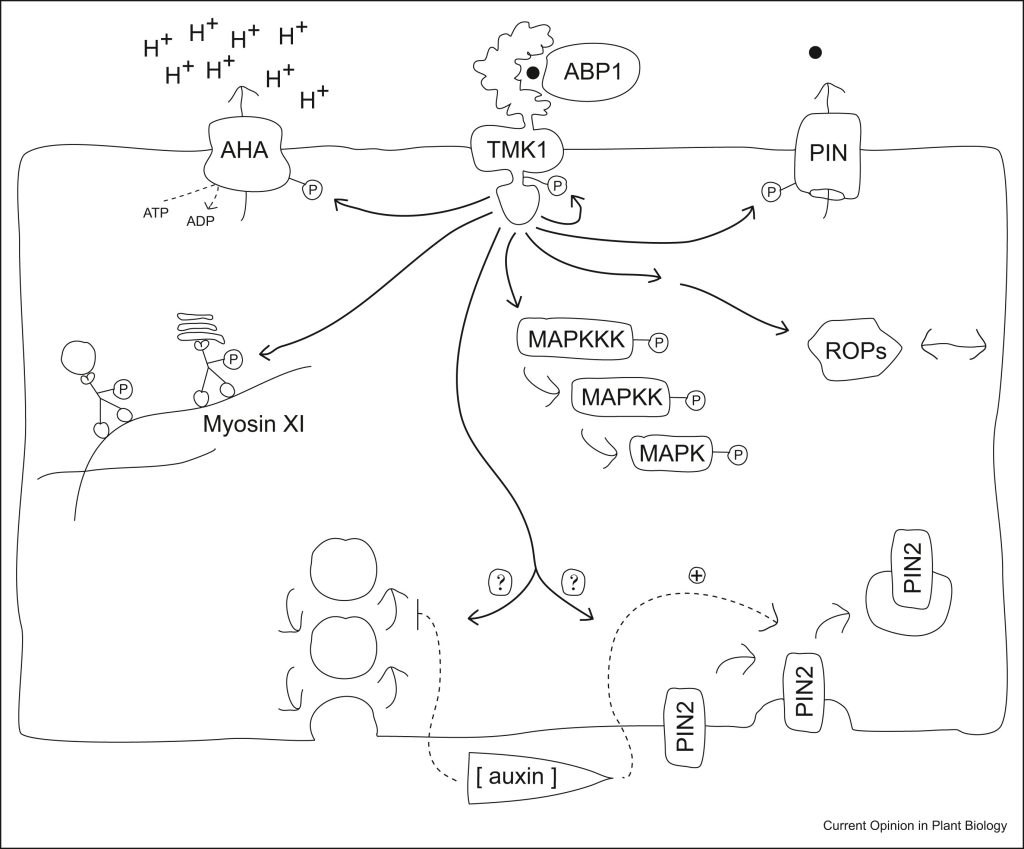
Review: Rapid auxin signaling: Unknowns old and new
Plant Science Research WeeklyYou might think you’ve read enough about auxin, but I recommend you take this opportunity to read one more article, this very interesting and enjoyable review by Fielder and Friml. Auxin has figured prominently in both the classical and molecular eras of plant biology. However, the exciting findings…

From friend to threat: the mutualist-pathogen transition of plant-fungal interaction is determined by a small gene cluster
Plant Science Research WeeklyThe infection modes of microbes in hosts can be reversible and can range from pathogenic to mutualistic, depending on the environmental conditions. The plant-associated fungus Colletotrichum tofieldiae (Ct) has been shown to promote primary root growth and increase shoot fresh weight of Arabidopsis in…
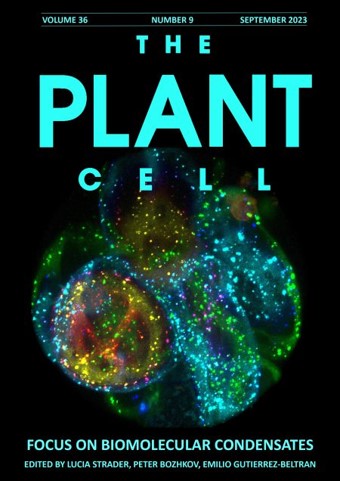
The Plant Cell Focus Issue: Biomolecular Condensates
Plant Science Research WeeklyThe September issue of The Plant Cell includes a focus on biomolecular condensates. Although the term “biomolecular condensates” is relatively new, it actually reflects a convergence and synthesis of several distinct threads of research. Biomolecular condensates span from “classic” membraneless…
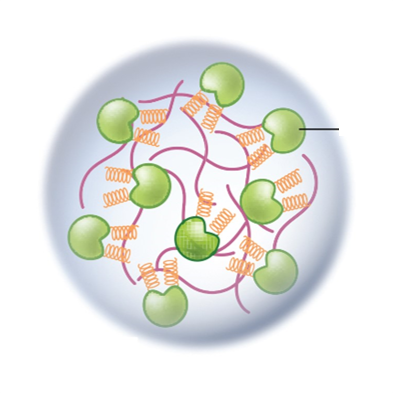
Focus Issue: Biomolecular Condensates
Plant Science Research WeeklyAlthough The Plant Cell Focus Issue on Biomolecular Condensates officially comes out in September, due to the idiosyncrasies of publishing many of the articles are already available online, and I’m highlighting them now because this topic is also the focus of a plenary session at the Plant Biology…
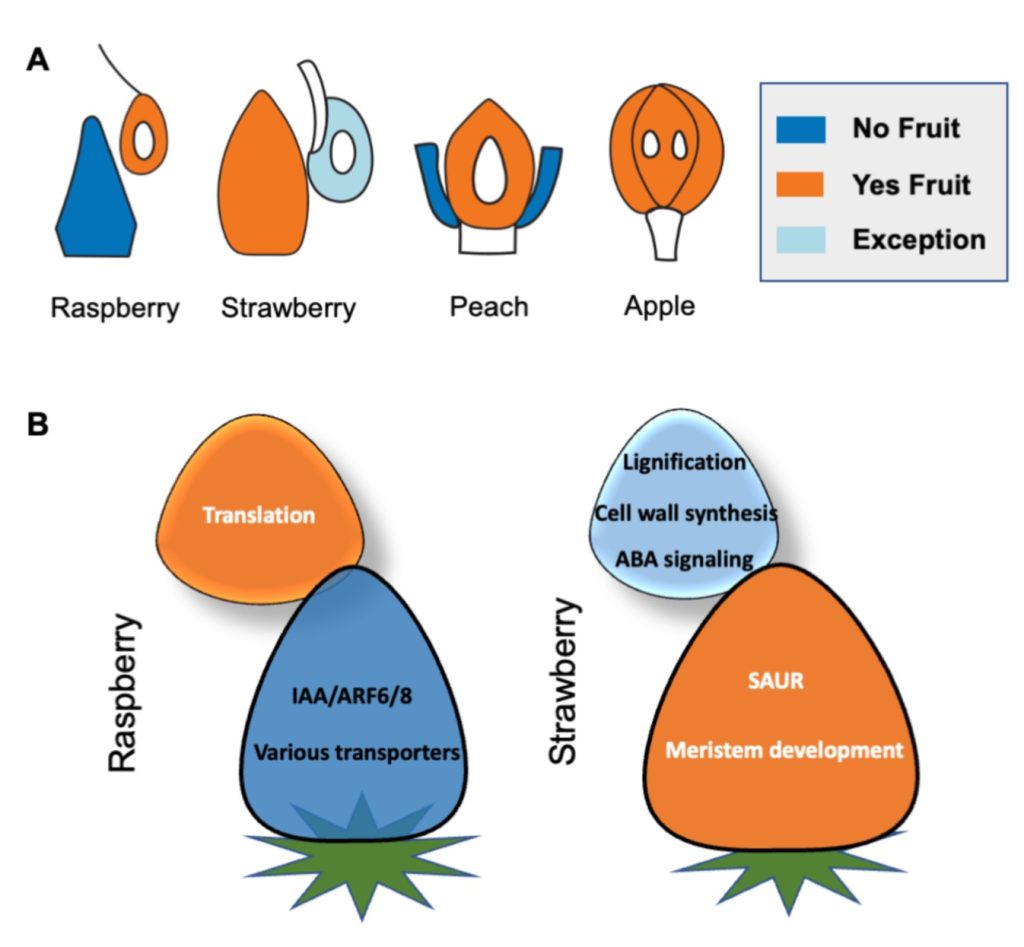
Comparison of red raspberry and wild strawberry fruits reveals mechanisms of fruit type specification
Plant Science Research WeeklyHere’s a sweet story of gene expression and fruit form, starting with the simple question of “why do closely related strawberry and raspberry fruits look so different?” In strawberry, the ovaries become dry achenes where in raspberies they become juicy druplets; in strawberry the stem tip (receptacle)…

An RNA world (Profile of David Baulcombe)
Community, Plant Science Research WeeklyAnnual Reviews editions typically start with a brief autobiographical essay by a noted scientist. The 2023 edition of Annual Reviews in Plant Biology includes a profile of David Baulcombe, the well-known scientist whose work was foundational in revealing the roles of small RNAs in gene regulation and…

